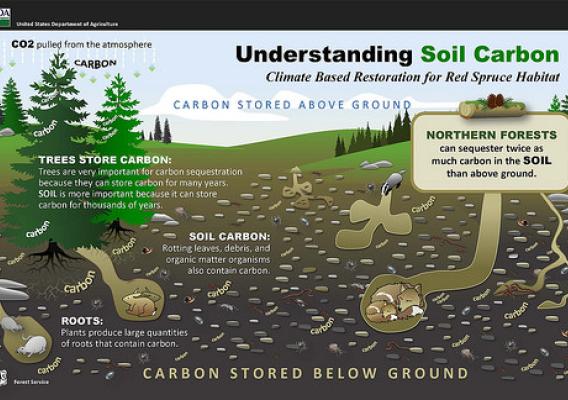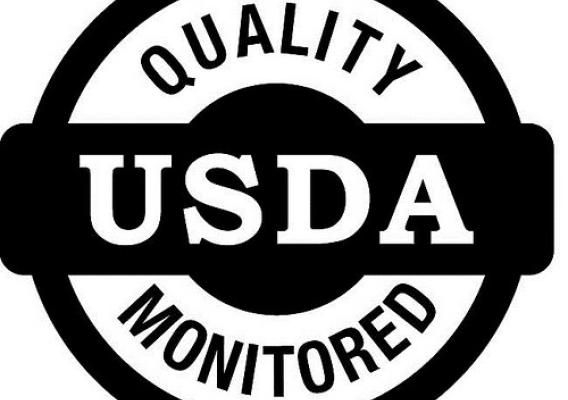All this month we will be taking a look at what a changing climate means to Agriculture. The ten regional USDA Climate Hubs were established to synthesize and translate climate science and research into easily understood products and tools that land managers can use to make climate-informed decisions. The Hubs work at the regional level with an extensive network of trusted USDA agency partners, technical service providers, University collaborators, and private sector advisers to ensure they have the information they need to respond to producers that are dealing with the effects of a variable climate. USDA's Climate Hubs are part of our broad commitment to developing the next generation of climate solutions, so that our agricultural leaders have the modern technologies and tools they need to adapt and succeed in the face of a changing climate."
There are many ways that farmers can use plant cover to mitigate and adapt to climate change. To learn climate-smart practices, farmers can turn to resources like USDA’s Plant Materials Center in Lockeford, California (CAPMC) which is one of 25 PMCs nationwide. Established in the 1930’s to help with plant-based tools to combat the Dust Bowl, the PMCs test, develop, and deploy plant mixtures and cultivars to solve conservation challenges. These challenges include soil erosion, water and air pollution, riparian degradation, loss of wildlife habitat – and now, climate change.










